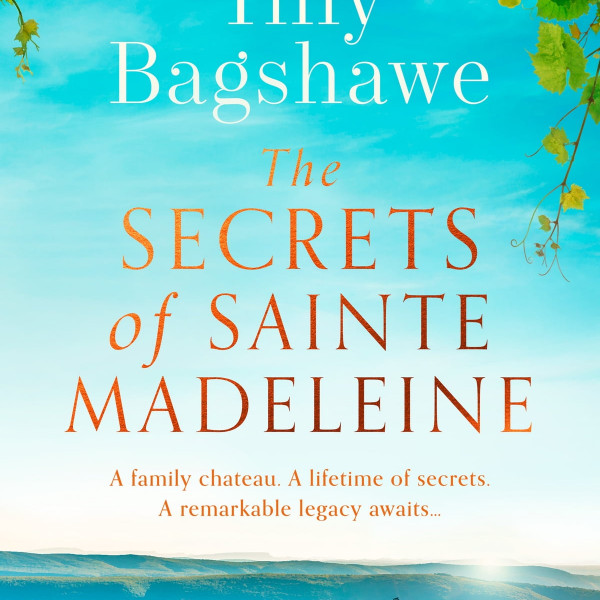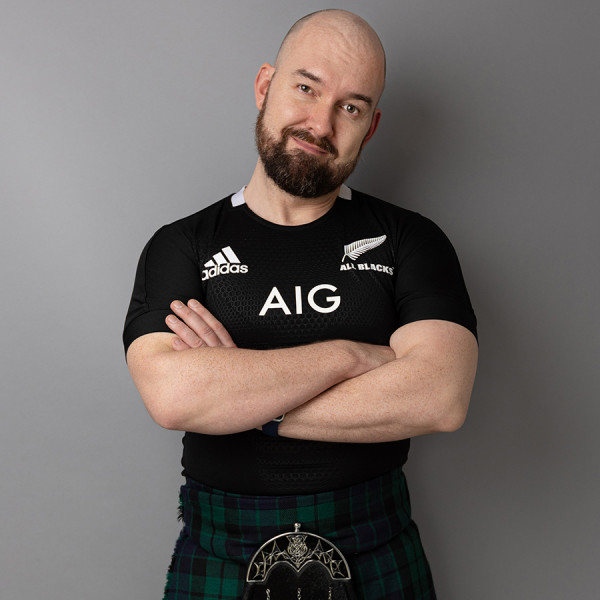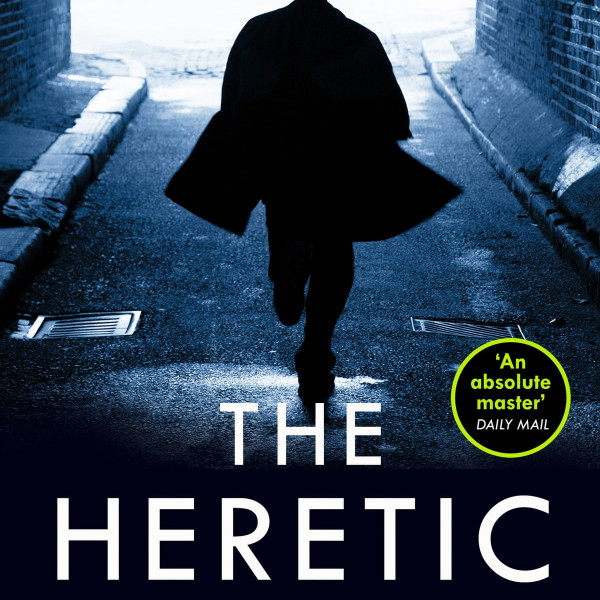
The Fair Botanists by Scottish writer Sara Sheridan has been my surprise read of 2022 so far. It’s charming, beautifully written, and draws the reader in slowly through its rich character development supported by an excellent plot with just the right amount of tension.
The book is set in summer 1822 when all of Edinburgh is excited about King George IV’s impending visit. Elsewhere though, our characters are more fascinated by the growth of an exotic Agave Americana plant in the Botanic Gardens, which only flowers every 30 years. The plant brings together newly widowed Elizabeth and entrepreneurial Belle, as well as a cast of characters who grow on the reader as the plant grows. The female characters are by far the strongest and most captivating. But there’s a sprinkling of likeable male characters too, including William McNab, the hard-working head gardener at the Botanic Gardens who has some secrets of his own and is wrestling with his conscience.
The flowering of the plant brings tension to the plot as many characters have an interest in it and the promise and possibilities its seeds could bring. Elizabeth finds a sense of purpose through her botanical illustrations and wants to contribute by capturing the plant when it flowers, while courtesan Belle is exploring a new niche in the creation of a perfume that she hopes will make her fortune and provide her with a more secure future.
This is a historical novel and its descriptions of Georgian Edinburgh bring the setting to life. Gardeners will enjoy reading about the exotic plants and the history of the gardens. At the heart of the book though is female friendship and two women striving to find their place and their independence in a man’s world.
I loved this book from the first few chapters and couldn’t put it down. I know you’ll love it too as you follow the ups and downs of Belle and Elizabeth’s unlikely friendship.






















